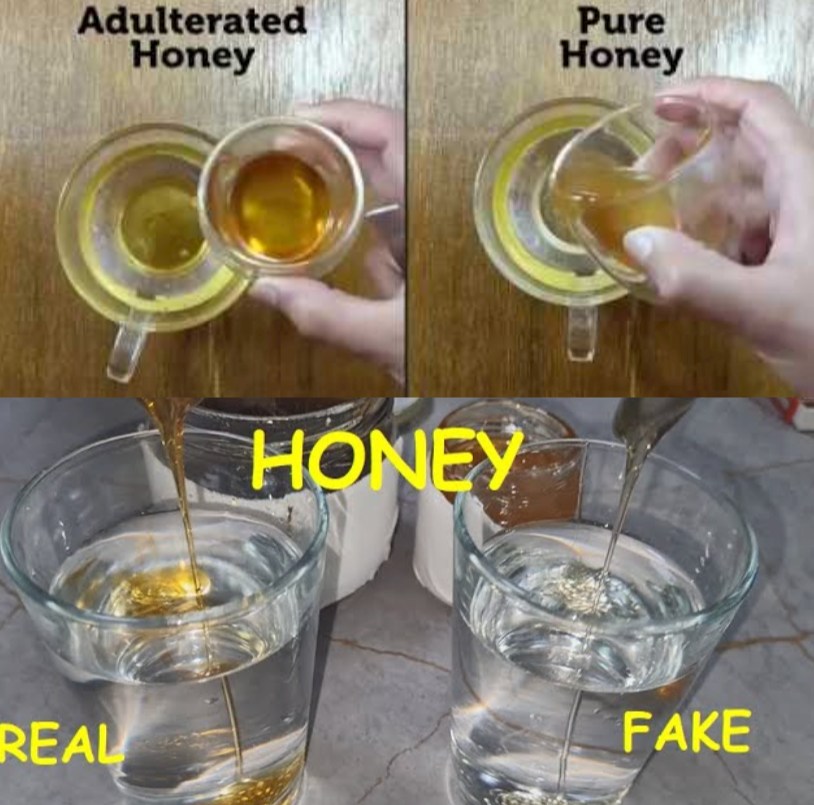- Fill a glass with water.
- Spoon some honey into the glass.
- Observe the honey’s reaction:
- Artificial or tampered honey will dissolve quickly.
- Pure honey will sink to the bottom and then slowly stir.
Flame Test
This test helps determine the complete purity of honey.
- Light a match.
- Place the match on top of the honey.
- Observe the match flame:
- If the flame immediately extinguishes, the honey is likely fake.
- Moisture, a common impurity, is often found in adulterated honey.
Vinegar Test
- Mix honey, water, and a small amount of vinegar.
- Observe the solution:
- If it froths, the honey is adulterated.
Paper Towel Test
Pure honey should not leave any damp marks on a dry paper towel or any other absorbent material. Perform this test to check for any residues.
Ant Exam
This test is not supported by scientific evidence but can be an interesting observation. The theory suggests that ants are drawn to contaminated honey due to its higher sugar content compared to pure honey. However, the results may not be conclusive.
Differentiating 100% Pure and Adulterated Honey
To fully enjoy the benefits of honey, it is crucial to ensure its purity. Some unscrupulous businesses take advantage of the high demand for honey by selling contaminated products that may contain starch, glucose, dextrose, molasses, sugar syrup, corn syrup, or similar additives. Stay informed to make the right choice and reap the rewards of pure honey.
Remember, knowing how to differentiate real honey from fake can help you make healthier choices and experience the true goodness of this natural sweetener. So, don’t let the tricks of counterfeit honey deceive you anymore!

